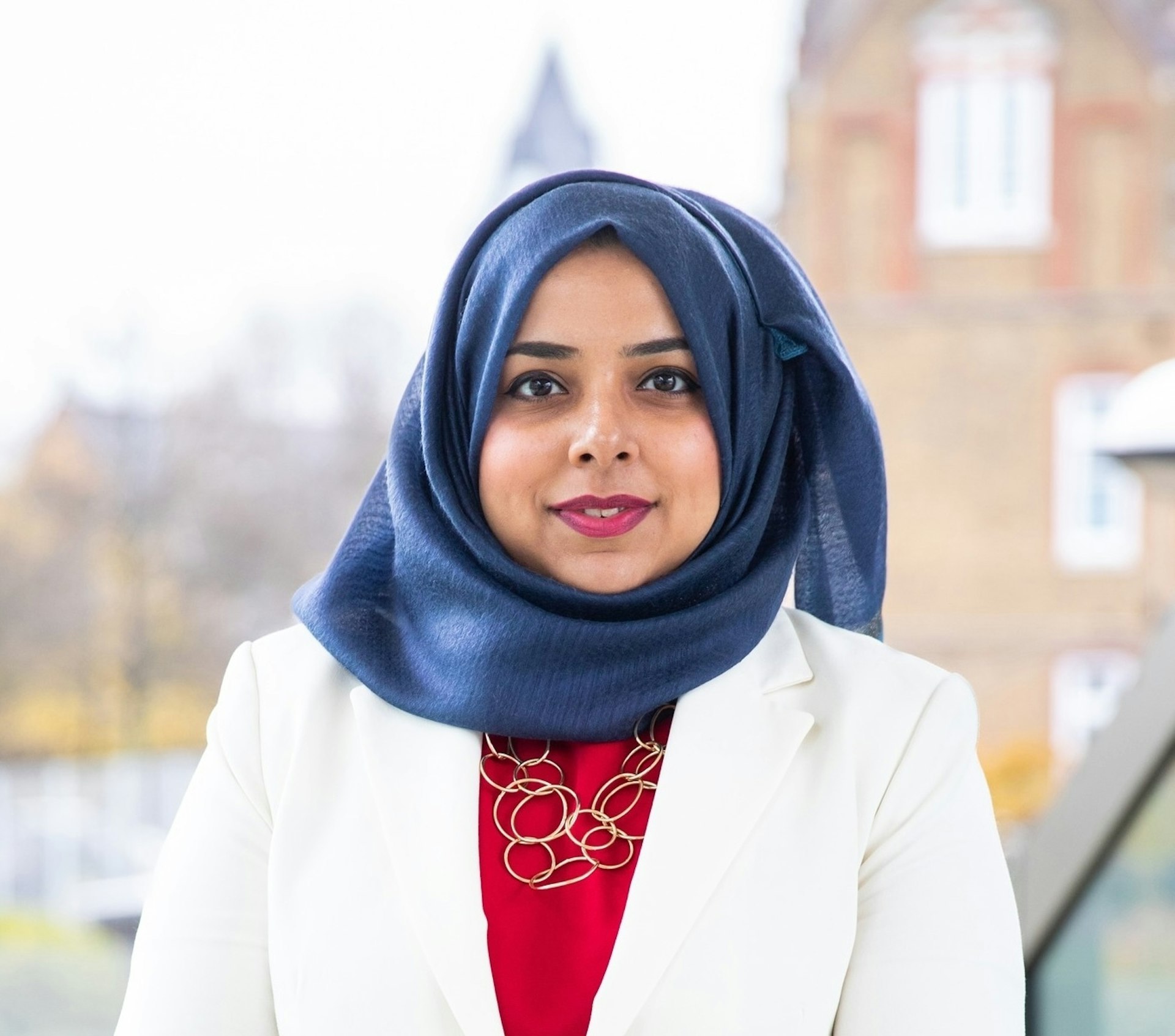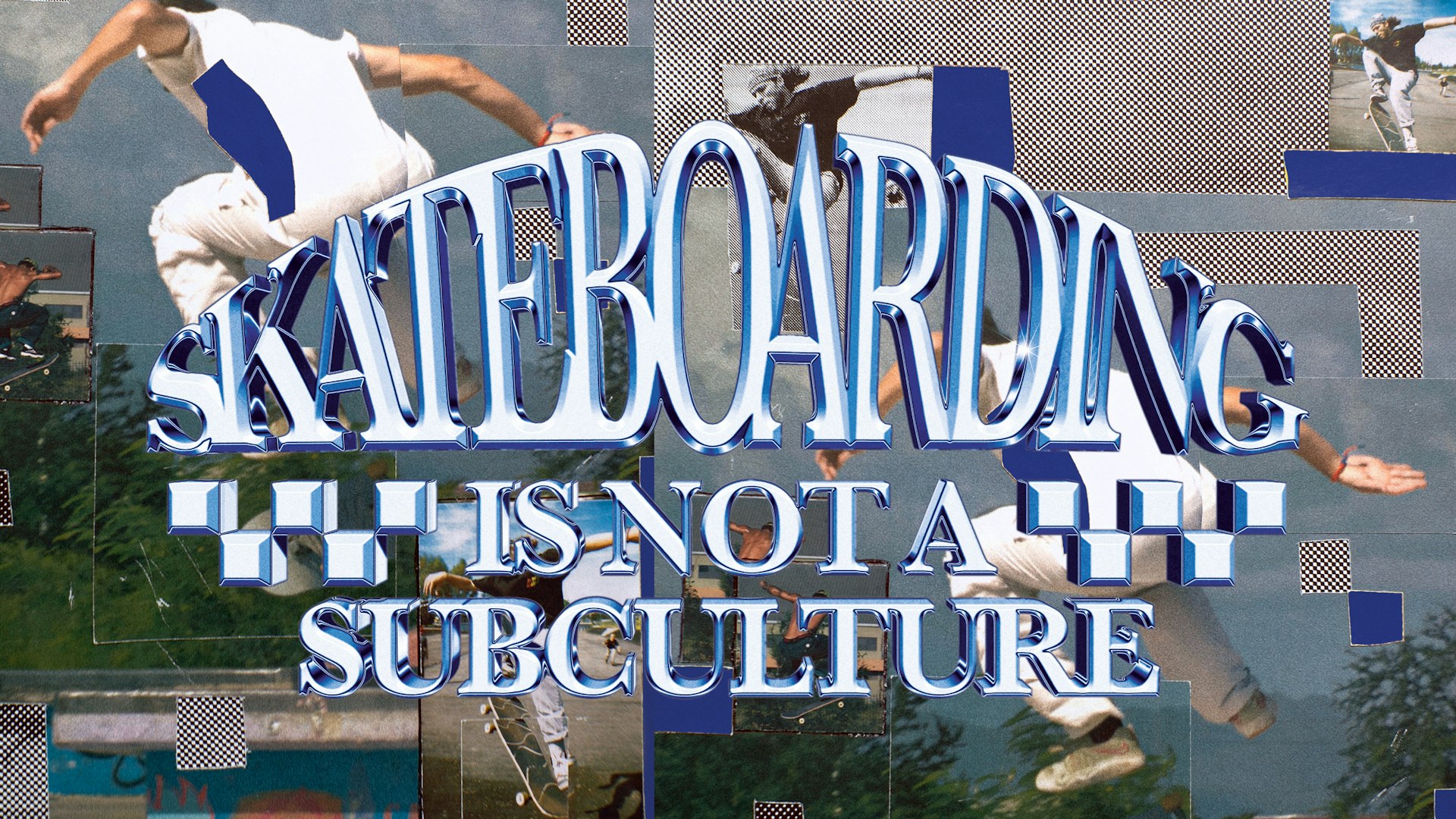A portrait of NY’s emerging youth culture in the ‘80s
- Text by Miss Rosen
- Photography by Jamel Shabazz, courtesy Galerie Bene Taschen

After serving in the US Army, Jamel Shabazz returned to his Brooklyn home in 1980 only to discover how much had changed in just two years. “Most of the guys in my generation went into the military at 18-years-old and when we came back, practically all of my friends’ younger brothers had gravitated to street culture,” he says.
“We had built a foundation for them and they took it to another level. They became very stylish and were moving with swag,” says Shabazz. “It took me a long time to figure out that they were at war with each other.”
Seeing the once close-knit community so deeply divided, Shabazz was determined to find out what was going on. “I learned a good friend was shot several times,” he says. “Another was murdered a year earlier. I didn’t realise that one kid at my house had beef with the guy on the corner who I knew well. There were all these little turf wars over nonsense. Then the crack epidemic hit.”

Saturday Night Live, Times Square, NYC early 1980s
In 1983, Shabazz began working as a New York City Corrections Officer, using his time inside the system to mentor those who fell victim to violence, addiction, and incarceration in record numbers. No matter where he went, Shabazz carried his camera as his “weapon of choice”, using photography as a way to directly engage in conversations with the youth he encountered along the way.
In the new exhibition Photographs by Jamel Shabazz: 1980–1990, Shabazz delves into his archive of street portraiture, sharing previously unseen images made in East Flatbush, Bedford-Stuyvesant, downtown Brooklyn, and Times Square.

Untitled, Brownsville, Brooklyn, NYC 1981

Young Love, Downtown, Brooklyn, NY 1983
For every neighbourhood he visited, Shabazz had a carefully curated photo album of his work that he could show – a practice he adopted from his father, a Navy photographer and family historian. “Every family had that album that was passed from generation to generation and I wanted to develop albums of my own. That made it easier for me to engage people because I had a product of what I could do,” he says.
“A lot of my albums contained images of prostitution, homelessness, and alcoholism. You might see a nice group shot of guys and girls but as you flip the pages, you would see something that’s going to hit you hard and make you think. I used that as an opportunity to speak about these problems, to be mindful and have empathy.”

Help Me, Brownsville, Brooklyn, NYC 1980

The Observer, NY, 1985
Shabazz’s portraits are a reflection of the countless conversations he had with the people he photographed. “They appreciated me coming around because I always came with knowledge and encouraging words,” says Shabazz, who describes his photography as “visual medicine”.
“I learned early on that I had a purpose in life and I wanted to contribute to preserving our history,” he says. “I didn’t understand how deep it was going to be but as time progressed, I realized I had something important. I used to tell people, ‘It may not make sense now but it’s going to make sense later on.”

Friends, Bed Stuy, Brooklyn, NY 1981

Brother Man, Flatbush, NYC 1981

Flatbush, Brooklyn, 1981
Photographs by Jamel Shabazz: 1980-1989 is on view at Galerie Bene Taschen in Cologne, Germany, through June 4, 2022.
Enjoyed this article? Like Huck on Facebook or follow us on Twitter.
Latest on Huck

“I refuse to accept child poverty is a normal part of our society”: Apsana Begum MP on voting to scrap the cap
After seeking to “enhance” the King’s Speech by voting for the scrapping of the controversial two child benefit cap, the MP for Poplar and Limehouse lost the Labour Whip.
Written by: Apsana Begum

Is skateboarding really a subculture anymore?
With skate’s inclusion in the Olympics, Kyle Beachy asks what it means for the culture around the sport, and whether it’s possible to institutionalise an artform.
Written by: Kyle Beachy

Autism cannot be cured — stop trying
A questionable study into the ‘reversal’ of autism does nothing but reinforce damaging stereotypes and harm, argues autistic author Jodie Hare.
Written by: Jodie Hare

Bristol Photo Festival returns for second edition
After the success of it’s inaugural run, the festival returns this autumn with exhibitions, education and community programmes exploring a world in constant motion through still image.
Written by: Ben Smoke

Documenting the life of a New York gang leader paralysed by gun violence
New photobook ‘Say Less’ is a complex yet humanising look into a life wrecked by gun violence and organised crime.
Written by: Isaac Muk

The woman who defined 80s Hip Hop photography
A new exhibition brings together Janette Beckman’s visionary and boundary pushing images of an era of cultural change and moral panic.
Written by: Miss Rosen